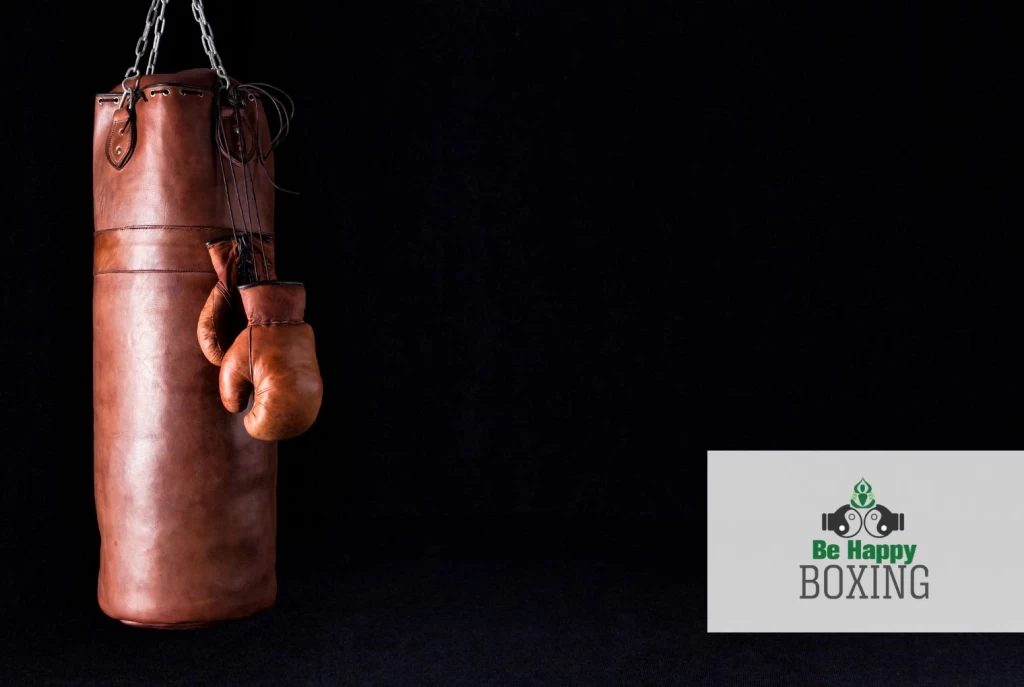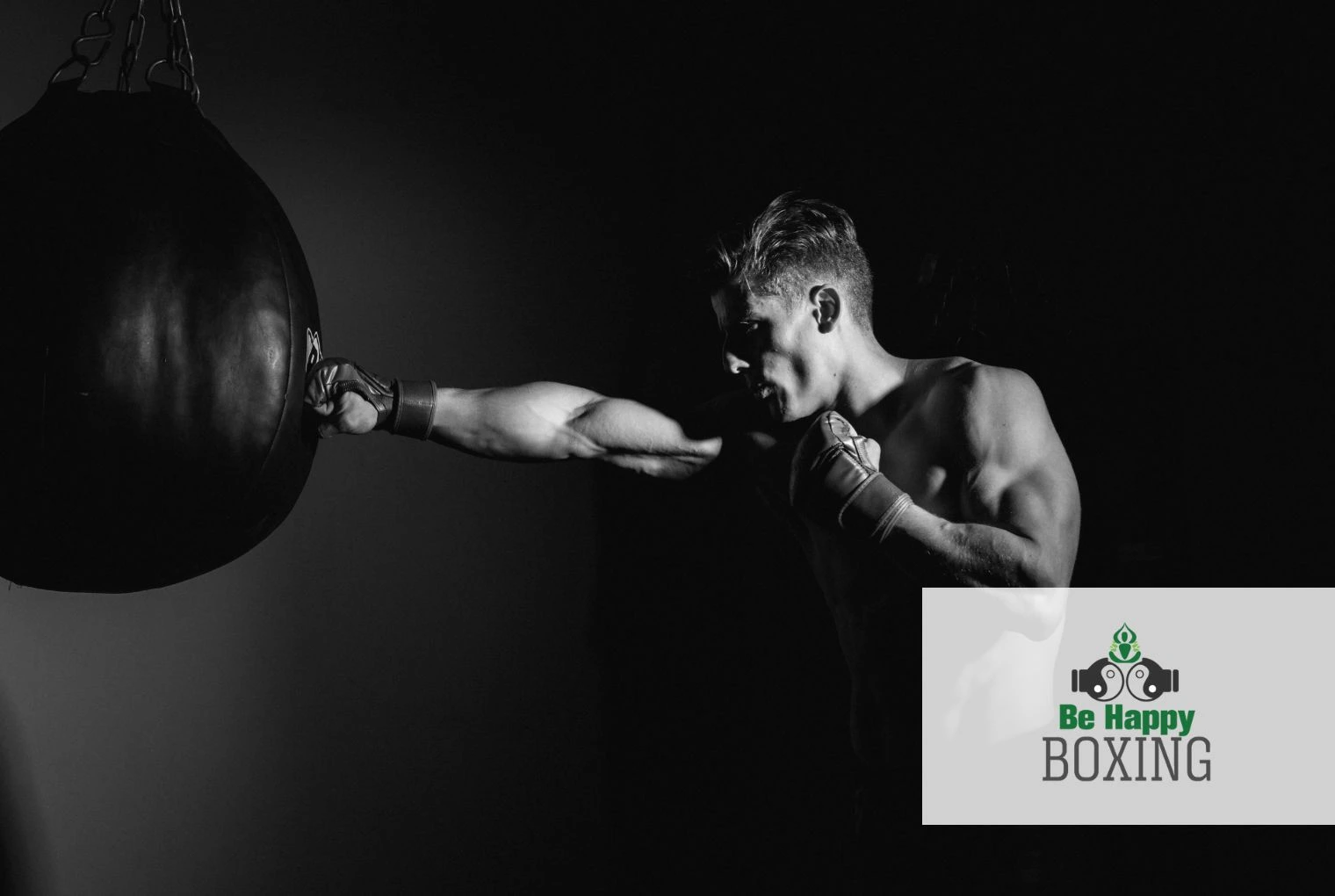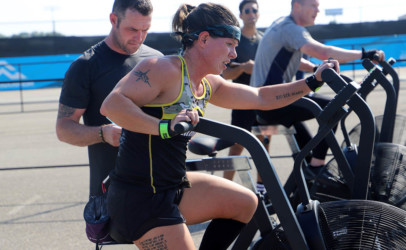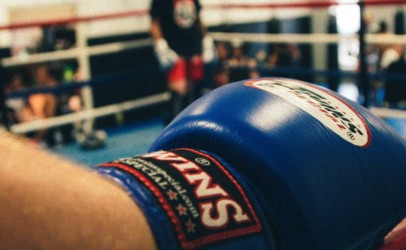If you’re serious about boxing, MMA, or general fitness training, choosing the right punching bag is essential. With so many options available, it’s important to understand the different types of heavy bags and how they cater to specific training needs.
In this guide, we’ll break down the types of heavy bags, what they’re made of, and which one might be best suited for your workouts.
Key Takeaways
- Different punching bags serve different training purposes – Heavy bags build power, speed bags enhance reflexes, and double-end bags improve accuracy. Choosing the right one depends on your training goals.
- Materials vary based on bag type – Punching bags can be made from leather, synthetic materials, or canvas, with fillings ranging from fabric and sand to water or foam for different resistance and impact absorption.
- Space and mounting options matter – While hanging heavy bags require a sturdy support structure, freestanding and wall-mounted options work better for those with limited space.
Heavy Bags
Heavy bags are the most common type of boxing bags and are ideal for developing power and endurance. They typically weigh between 60 to 150 pounds and can be hung from the ceiling or mounted on a stand.
- Best for: Strength training, improving punching power, and endurance.
- Materials: Most heavy bags are covered in leather, synthetic leather, or canvas, and filled with shredded fabric, sand, or a water core.
Freestanding Bags
Unlike traditional hanging bags, freestanding bags have a weighted base, making them ideal for home gyms where ceiling installation isn’t possible.
- Best for: Cardio workouts, mobility drills, and beginners.
- Materials: Usually made of synthetic leather or vinyl with foam padding inside.
Speed Bags
Speed bags are small, air-filled bags attached to a swivel platform. They help improve hand-eye coordination, rhythm, and speed.
- Best for: Speed, reflex training, and endurance.
- Materials: Typically made of leather or synthetic materials, inflated with air.
Double-End Bags
These bags are anchored to both the floor and ceiling, allowing them to rebound quickly when struck. They’re perfect for practicing accuracy and defensive movements.
- Best for: Precision, timing, and reflex training.
- Materials: Leather or synthetic materials with an inflatable bladder.
Uppercut Bags
Uppercut bags are designed for practicing uppercuts and angled strikes. They come in different shapes, often wall-mounted or hanging.
- Best for: Uppercut combinations, angle punching, and clinch work.
- Materials: Similar to heavy bags—leather, synthetic leather, or canvas with soft padding.

Wrecking Ball Bags
A wrecking ball bag is a round, heavy bag that allows fighters to practice hooks, uppercuts, and body shots with realistic movement.
- Best for: Close-range power shots, clinching, and body work.
- Materials: Heavy-duty leather or synthetic leather filled with fabric or foam.
Aqua Bags
Aqua bags are filled with water instead of traditional stuffing, creating a softer yet realistic punching experience.
- Best for: Reducing hand and wrist strain while still developing power.
- Materials: Durable PVC shells filled with water.
What Are Punching Bags Made Of?
Punching bags come in a variety of materials, as you may have already noticed from the content we shared above, including:
- Outer shell: Leather, synthetic leather, vinyl, or canvas.
- Inner filling: Shredded fabric, sand, foam, or water.
- Bladder (for speed bags and double-end bags): Latex or rubber.
Which Punching Bag Is Best for You?
Not every boxer is at the same level or has the same training goals. Therefore, it is important to learn which punching bag is best for you so that you get exactly what you need if you are thinking of buying one for your home gym, or what you can use at the boxing gym.
Here are some ideas:
- For beginners: Freestanding or heavy bags are great options.
- For speed and reflex training: Speed bags and double-end bags are ideal.
- For power training: Heavy bags, aqua bags, or wrecking ball bags work best.
- For precision and technique: Uppercut bags and double-end bags are excellent choices.
What Type Of Filling Works Best For Me?
Choosing the right filling for your boxing punching bag depends on your training goals, experience level, and the level of resistance you prefer. If your focus is on heavy-duty strength training, you’ll want a denser and harder filling, such as sand, sawdust, or a mix of fabric and sand.
These materials provide solid resistance, making them ideal for advanced fighters looking to build power and endurance. However, they can also be tough on your hands and wrists, so proper hand protection is essential.
For those aiming to improve speed and technique, a lighter and softer filling is the better choice. Shredded fabric, foam, or rubber pellets create a more forgiving surface, allowing for longer training sessions without excessive hand strain.
This is a great option for beginners or anyone focused on endurance and refining their movements.
If you’re looking for a balanced training experience that combines strength, endurance, and technique, a medium-resistance filling is the way to go. Tightly packed fabric or a mix of fabric and small rubber granules offers a good balance of impact absorption and resistance, making it a versatile choice for most boxers.
Your skill level also plays a role in choosing the best filling. Beginners should stick with softer fillings like fabric or foam to reduce wrist strain, while intermediate boxers can opt for a mix of fabric and rubber for moderate resistance. Advanced fighters who need intense resistance for power training may prefer denser materials like sand or sawdust.
Final Thoughts
The right type of boxing bag depends on your training goals, skill level, and available space. Whether you need to enhance speed, power, or accuracy, understanding the different types of heavy bags will help you make an informed decision.
Now that you know what each bag offers, which one will you choose for your training?
Frequently Asked Questions
How do I maintain and clean my punching bag?
To maintain your punching bag, regularly wipe it down with a damp cloth and mild soap to remove sweat and dirt. For leather bags, use a conditioner to prevent cracking. Check for signs of wear, especially around seams and mounting points, to ensure longevity.
Can I fill an empty punching bag myself, and what’s the best filling to use?
Yes, you can fill an empty punching bag yourself. The best options include shredded fabric for a soft yet firm feel, sawdust or sand for added weight, or a mix of both for a balanced density. Avoid using only sand, as it can make the bag too hard and cause hand injuries.
What’s the best punching bag for kids or beginners?
For kids and beginners, a lighter freestanding bag or a small hanging bag (around 40-60 lbs) is ideal. These provide enough resistance without straining the joints and allow for controlled punches while developing technique.





